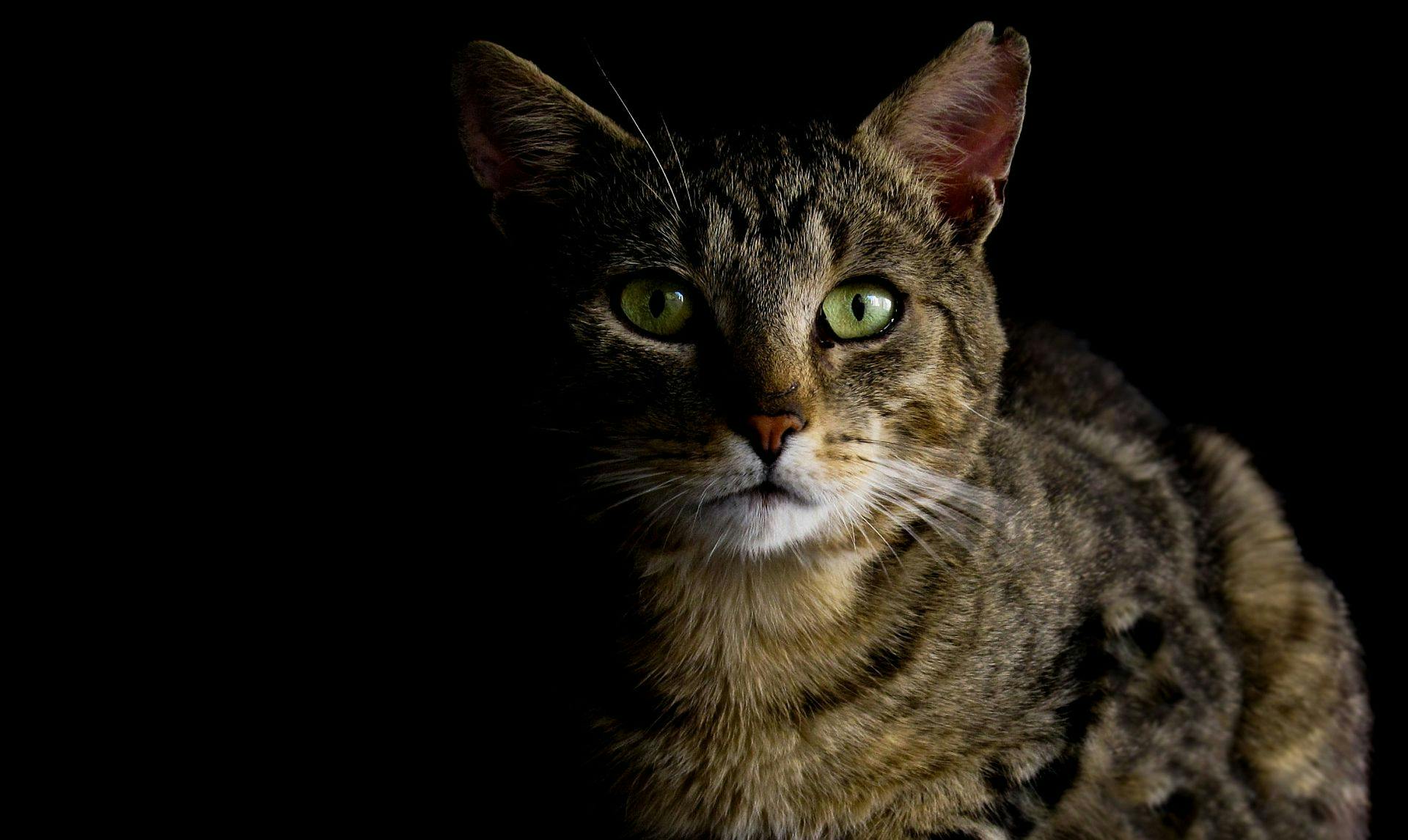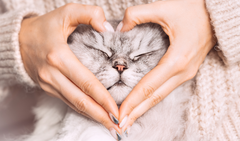Understanding how cats perceive their environment, especially in low-light conditions, reveals much about their evolutionary adaptations as nocturnal hunters. While many believe cats have "night vision" akin to seeing in total darkness, the truth lies in a more nuanced interplay of biology, optics, and environmental factors. Cats can't see in complete darkness but are remarkably equipped to navigate with far less light than humans. Their visual system has evolved specifically to serve their predatory instincts, particularly during dawn and dusk. We explore what enables cats to see so well at night, the limits of their vision, and how it compares to human sight.
The Science Behind Feline Night Vision
Cats possess a highly specialized eye structure that allows them to function exceptionally well in dim lighting. Their eyes have a larger cornea and pupil relative to head size, which permits more light to enter. The pupils can dilate dramatically, up to three times wider than humans', maximizing light intake in darker settings. Additionally, cats have a high number of rod cells in their retinas, which are far more sensitive to light than cone cells responsible for color vision. Rods are key for motion detection and seeing in low light, giving cats an edge during nighttime activities.
Another vital feature is the tapetum lucidum, a reflective layer behind the retina. This mirror-like structure bounces light that wasn't initially absorbed by the retina back through it, effectively giving the rods a second chance to process the visual information. This reflection is also what causes a cat's eyes to glow when exposed to a light source in the dark. Together, these elements allow cats to see in light levels six to eight times lower than what humans require to navigate effectively.
Dim light, such as early evening or pre-dawn conditions, provides just enough ambient illumination for a cat's enhanced night vision to function optimally. Their vision thrives under these conditions, making them especially active during these times. Conversely, bright light, like midday sun or harsh artificial lighting, can be overwhelming to feline eyes, which are adapted to perform best under softer light conditions. Their pupils contract into narrow slits to protect the retina, a response tied directly to their heightened sensitivity to light. In maximum light, their visual system reduces input to avoid overstimulation, which can otherwise lead to discomfort and reduced clarity. This is why cats often seek shaded spots during the day.

Can Cats See in Total Darkness?
Despite their exceptional adaptations, cats cannot see in complete darkness. Like all mammals, their vision requires some level of ambient light to function. In a pitch-black environment with zero light, such as a sealed room with no illumination, cats are just as visually impaired as humans. Absolute darkness renders even the most advanced night vision useless because it lacks the light needed for photoreceptor activation. However, in conditions with minimal light, such as moonlight or the faint glow from distant streetlights, cats can see and navigate almost effortlessly. Their heightened sensitivity to motion and light gives the impression of total night vision, but the reality is more rooted in biology than myth.
It's also important to note that a cat's reliance on other senses complements their low-light vision. Their whiskers can detect subtle air movements and vibrations, and their acute hearing helps them locate prey or navigate obstacles. So even when vision is limited, a cat's sensory toolkit ensures effective nighttime behavior. Their ability at night is not only a result of keen eyesight but also a product of multisensory coordination honed through evolution.
How Cat Vision Differs from Human Vision
When comparing feline and human vision, the most striking differences lie in light sensitivity, motion detection, and color perception. Humans have more cone cells, enabling sharper daytime vision and a richer perception of colors. Cats, on the other hand, sacrifice detailed color detection for superior low-light and peripheral vision. Differences in cat vision include not only a limited color range but also reduced visual acuity; they see the world in softer focus and rely heavily on contrast and motion.
Cats are believed to see primarily in shades of blue and green, while reds and oranges likely appear dull or gray. This limited color range has little impact on their survival needs, as color is less critical in hunting at night than movement and contrast. Compared to humans, cats have diminished colour vision, though research suggests they may still perceive certain hues, just less vividly.
Cats also have a broader field of vision, approximately 200 degrees compared to a human's 180 degrees. Their peripheral vision allows them to detect movements outside their direct line of sight, which is crucial for spotting prey or environmental threats. Although their central visual acuity is lower, meaning they see less detail, they compensate with sharper motion detection. Additionally, studies suggest cats might have limited perception of UV light, potentially giving them a hidden layer of vision that humans completely lack. This may help detect traces or markings that are invisible to the human eye.

Evolutionary Advantages of Nocturnal Vision
The exceptional night vision in cats is no accident—it's an evolutionary adaptation from their ancestors, who were primarily nocturnal animals or active at twilight. Hunting during twilight hours offers numerous advantages: prey animals are often more active, and the dim lighting provides natural camouflage. As solitary hunters, cats relied on stealth, patience, and visual acuity to survive. Over thousands of years, this need shaped their ocular anatomy to favor low-light hunting efficiency over color accuracy or high-resolution vision.
Although far removed from their wild relatives in behavior, domestic cats still carry this visual legacy. Anyone who has seen a house cat pounce on a toy in a dimly lit room has witnessed these instincts in action. The efficiency of their superior night vision continues to serve them, even if their "prey" is now a feathered wand or a moving shadow on a wall.
Practical Implications for Cat Owners
Understanding your cat's vision can help optimize its environment for comfort and safety. For instance, leaving a small night light on in a hallway or near the litter box may aid navigation, especially for older cats whose eyesight may deteriorate with age. Cats don't need full lighting to feel secure or move around, but they do benefit from some ambient illumination to mimic the conditions they've evolved to thrive in.
Cat toys that emphasize movement, especially under low lighting, can stimulate natural hunting behaviors. Interactive play sessions at dusk or dawn can also align with your cat's internal rhythm, making them more engaged and satisfied. By respecting their sensitivity to light and supporting their sensory needs, we contribute to both their physical and psychological well-being.
If your cat displays signs of disorientation or missed jumps in low light, it could be a sign of poor vision, particularly in older cats or those with underlying eye conditions. A veterinarian should evaluate these cases to ensure any degenerative issues are caught early.

Conclusion: The Balanced Truth About Cat Night Vision
Cats have an extraordinary ability to see in the dark, but it is not unlimited. Their adaptations—large pupils, abundant rod cells, and the tapetum lucidum—work to maximize vision in low-light conditions. However, their vision still depends on at least some ambient light. By understanding the structure and limits of feline eyesight, we debunk myths and learn how to better care for and connect with our companions. Their vision is not magical, but it is magnificently suited to the world they evolved to navigate, whether in day vision or night.




















